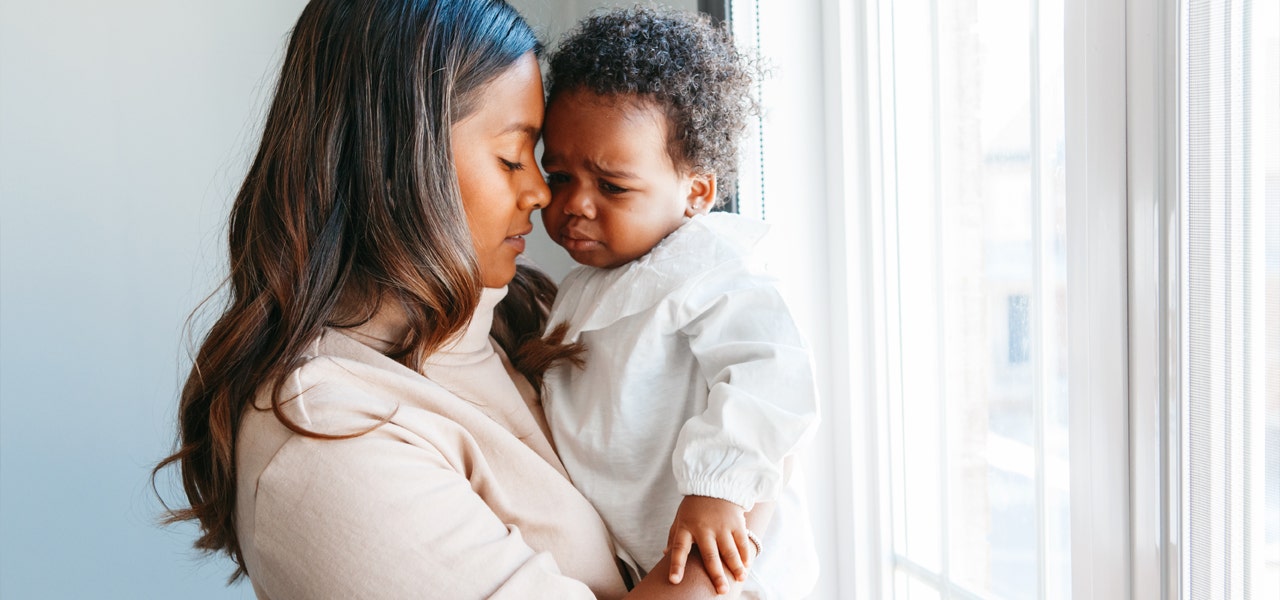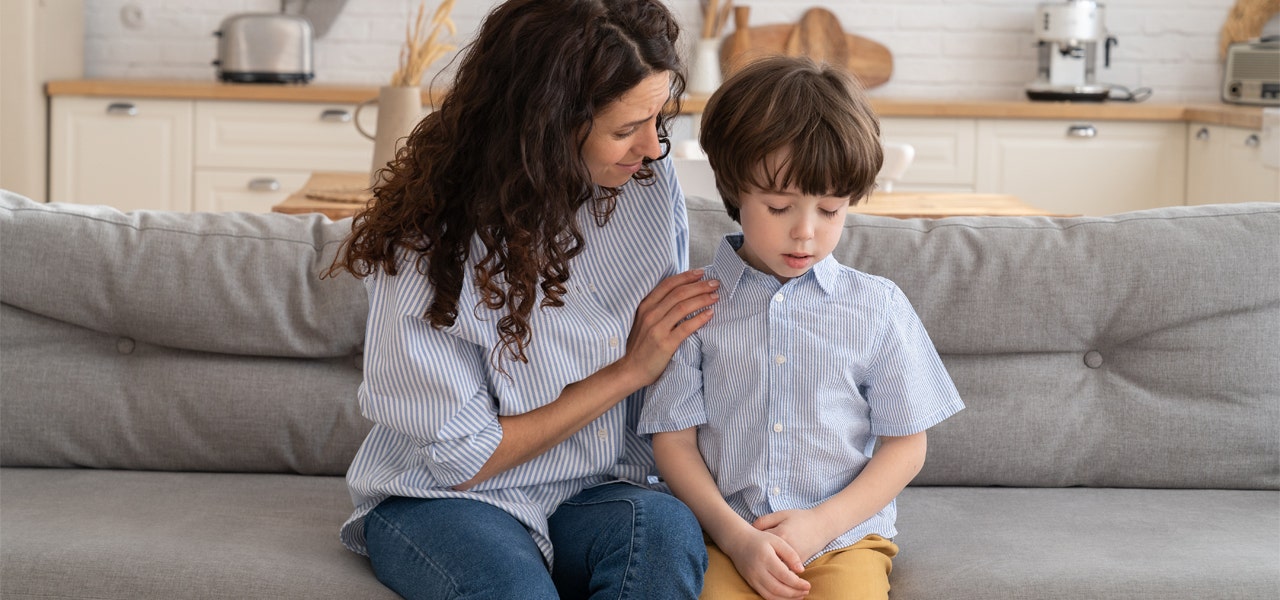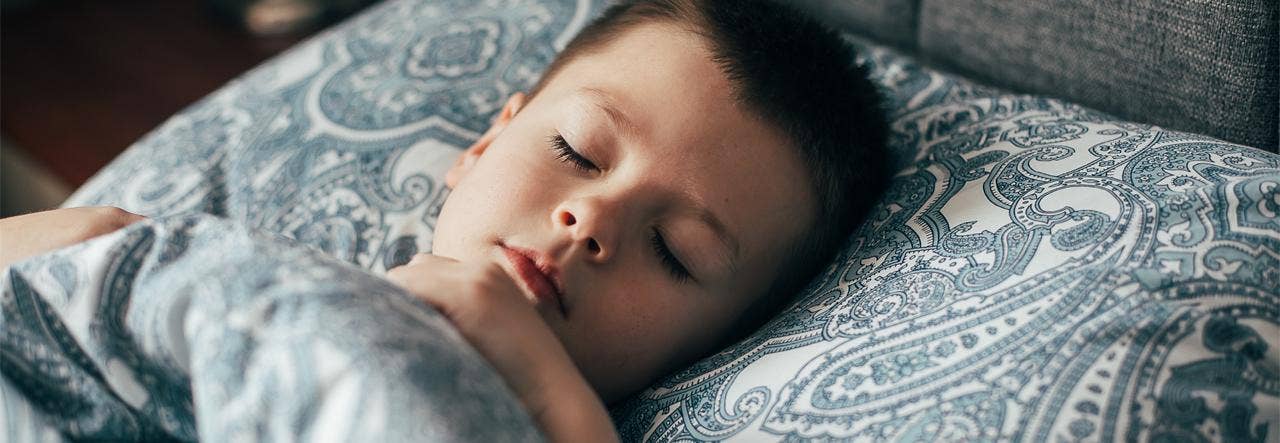She was absolutely convinced there were spiders in her room, all over the room. Clinging to her daddy who had rushed in when he heard her cries, she sobbed about the spiders and wouldn’t believe they weren’t there until every inch of the room was inspected with a flashlight. No spiders.
Even after finally calming down and eventually going back to sleep (still in her daddy’s arms), the next day our 4-year-old talked frequently about the spiders she saw. As far as she was concerned, it happened – even if it had only happened in her mind while she slept.
How often do we tell our children “sweet dreams” as part of saying goodnight? Dreaming is a normal part of sleep, but there’s a big difference between sweet and scary dreams. I hate to break it to you, but bad dreams may just be another normal part of sleep and with good reason.
Why Our Brains Need to Dream
Scientists aren’t entirely sure why we dream but there are a few prevailing theories, most centering on:
- Concept processing
- Problem solving
- Learning
- Information filing
As the brain sorts the information it collected during the day, it may touch on a concept to explore further, making connections with emotions, scenarios and memories to process it more fully. What the brain touches on – a happy feeling, a fun experience, a scary visual, a stressful moment – may be what sets the tone for a dream as the brain practices how this information fits with other information it has stored.
Why Do Kids Have Bad Dreams?
Remember, the subject of a child’s dreams doesn’t really tell you much and sometimes nightmares just happen. But, bad dreams can be an indicator of a child working through some real life difficulties, particularly if there is a sudden drastic increase in nightmares. Scary dreams can result from:
- Stress
- Major transitions (such a new baby or starting school)
- Trauma (natural disasters, loss, injuries, illness, abuse)
- Sleep deprivation
- Frightening entertainment
When Do Nightmares Start in Children?


Dreams, good and bad, happen in the second stage of sleep, called REM (rapid eye movement), when the brain is most active. While babies have longer periods of REM sleep, it’s likely that their dreams are simple feelings of emotion rather than involved stories.
Complex dreaming is thought to start around 2-years-old, when the brain is beginning to make involved connections in story sequencing. The peak of dreaming tends to be pretty young, usually between 4 and 6 years of age, but we go on dreaming all our lives.
Are Bad Dreams Harmful to Kids?
Well, they’re miserable for starters! Sometimes bad dreams are so intense they trigger a release of brain chemicals that wake kids up. While heart rate and respiration naturally increase during REM, a nightmare may raise them further, release cortisol and cause muscles to tense. A perfect combination for waking up. Other times, the brain stays in the dream even as it’s flooded with stress chemicals.
Restorative sleep is very important for growing kids, and nightmares can really mess that up. The health risks of sleep deprivation are well-known, and kids with frequent nightmares may also develop sleep anxiety, which can lead to insomnia.
If your child’s sleep is disrupted more than once in a while due to bad dreams or if you notice emotional or behavioral difficulties along with bad dreams and interrupted sleep, speak with your child’s health care provider.
How to Help Children With Bad Dreams


It may seem like the best approach is to get kids back to sleep quickly so everyone can get the rest they need. However, the real goal is to help their brain process, sort and file the information so they feel safe. Of course, the sooner they can do that and go back to sleep, the better! Here are some tips.
Respond and Be Present
Go to them if they cry out. Being present lets them know they are safe and gives their brain more information to process where they are. Your presence will have a calming effect and help them release feel-good chemicals like oxytocin that will slow the heart rate, lower their temperature and steady their breathing.
It’s OK to wake up your child if they seem distressed. Resting your hand on their back with a little pressure may be enough. If that doesn’t work, gently wake them by softly calling their name, picking them up, stroking their face, holding their feet, etc.
Just be it’s a bad dream rather than a night terror (look for that rapid eye movement). Night terrors, which happen in a deeper sleep stage, may involve screaming incoherently without stopping and are as terrible as they sound. Unlike bad dreams, night terrors are scarier for the person witnessing it than the person experiencing it and waking them will leave them disoriented.
Coregulate
When your child wakes from a bad dream, offer the coregulation they respond best to during the day. Unlike distraction, coregulation is a social interaction that allows the distressed child to process their emotions with a stable, calm and present person. Coregulation may include:
- Facial expressions of concern
- Getting into bed with them
- Offering physical comfort such as hugs
- Movement such as rocking
- Reassuring words like “I’m here, you’re safe”
- Naming their feelings with statements. i.e. “you sound scared”
- Taking deep calming breaths together


Reassure
Let your child know you are there and they are safe. When they share aspects of their nightmare, respond with acknowledgement, identification and comfort. That may sound like, “That sounds so scary, you’re safe now, that was a dream, I’m here.” For some children it may be helpful to appeal to their imagination in a positive way, such as using your powers to vanquish monsters.
Ground
If your kid struggles to calm, you may need to help them be grounded in their reality to leave the fear of their nightmare. Keep lighting low and don’t worry about them getting too awake in this process. If their brain is flooded with cortisol, they wouldn’t be able to sleep anyway.
Grounding may mean you search the bed for the scary spiders in their dream so they don’t keep wondering if they’re there or maybe answering questions about the subject of their dream.
Comfort
Your presence may be required for them to fall back asleep. That’s OK and not likely to create a nightly habit as much as just help keep the calming chemicals in the brain flowing for them to feel safe enough to sleep. Comforting them may include imagining together some happy dreams, discussing what they have to look forward to the next day and sharing a happy memory you have of them.
Discuss
The next day, bring up the dream. If they want to talk about it in the light of day, chances are their brain will have some resolution and won’t require more sorting at night. This can even reduce the occurrences of nightmares. Drawing a picture or other artistic expression of their dream may also support them in releasing that experience.


Nightmares are a common part of childhood and some continue to experience them into adulthood (I’m one of those!). However, being normal doesn't make them any less awful. You may be able to reduce your child’s scary dreams by maintaining a regular bedtime and wake-up time, sticking to a consistent bedtime routine, making their sleep space safe and inviting, limiting their media exposure particularly the last 2 hours before bed, and talking at other times about how dreams aren’t real and can’t actually hurt us.
 BABY
BABY  KIDS
KIDS  ADULT
ADULT  LEARN
LEARN  STORES
STORES 
